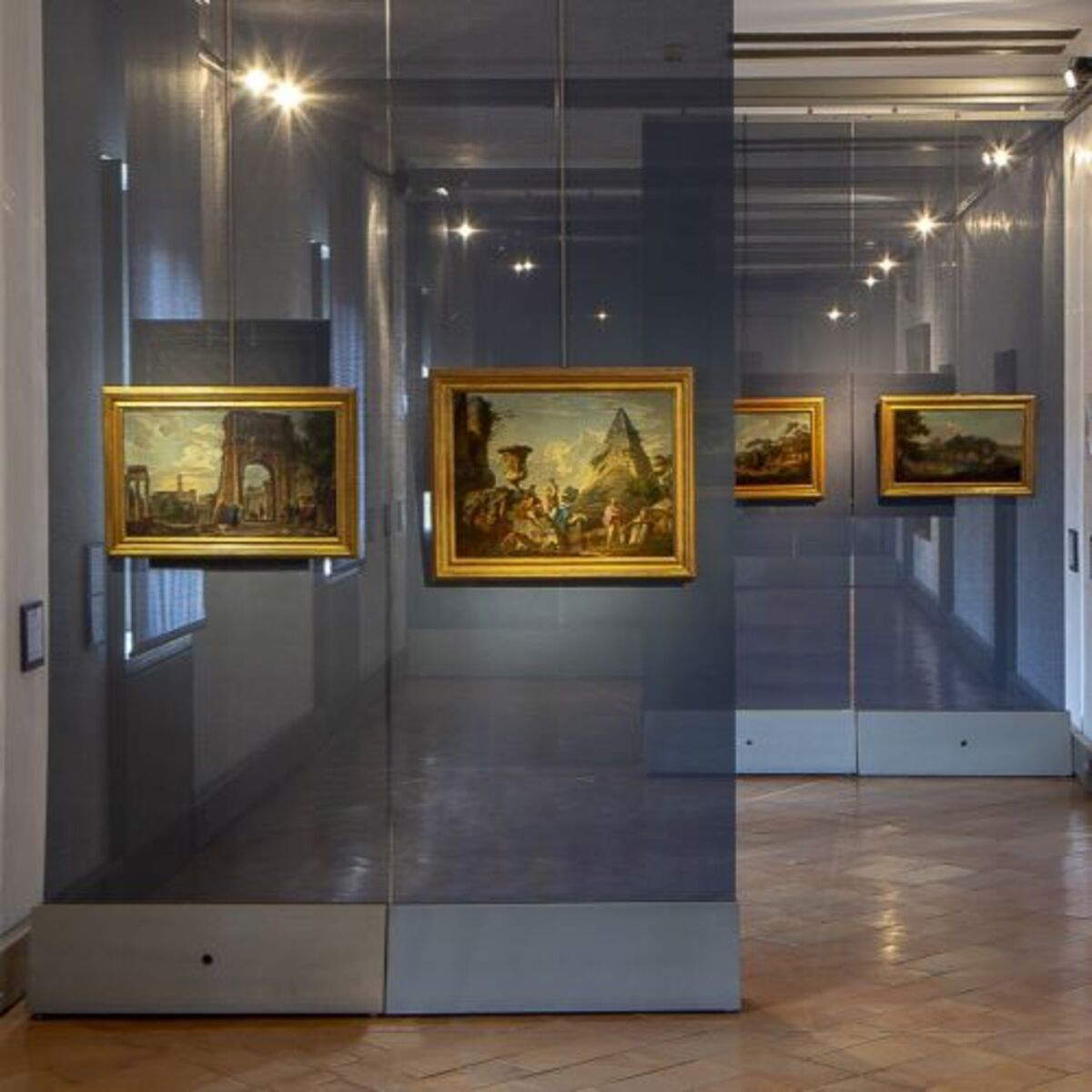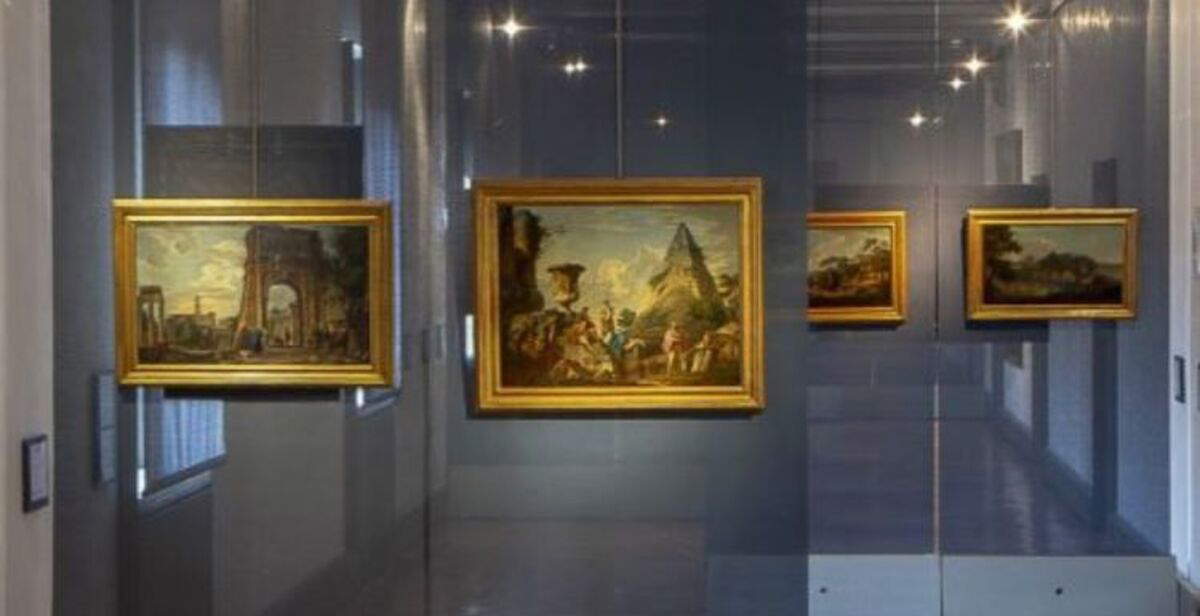A museum that not only exhibits works, but also questions who is looking at them, how to make them accessible and what inclusion really means. With Nessuno Escluso, the Carlo Maria Martini Diocesan Museum in Milan strengthens its vocation to be an open place, where beauty is not a privilege for a few, but a right for all. The project, which began in the fall of 2024 on the occasion of temporary exhibitions, now extends to some works of the permanent collection and adopts four different alternative languages to make the enjoyment of the artistic heritage possible also for those living with sensory, cognitive or language disabilities.
Realized with the contribution of the Alia Falck Foundation and in collaboration with the Consulta Diocesana Comunità Cristiana e Disabilità, Nessuno Escluso is an initiative that looks to the future with social and cultural responsibility. The four languages chosen, Alternative Augmentative Communication (AAC), DescriVedendo, Easy to read and Italian Sign Language (LIS), allow for diversified and personalized access to the museum experience, addressing not only people with disabilities but also families, educators, carers, schools and associations involved in the educational and social field.
The path to inclusion began with Sandro Botticelli’sAdoration of the Magi, Masterpiece for Milan 2024, and continued with another striking work, Tintoretto’s Deposition, on view through May 25, 2025. Alongside these two important temporary exhibitions, a number of works from the permanent collection also became part of the accessible itinerary. These include Ambrogio’s Tondo, St. Francis Receives the Stigmata by Ambrogio da Fossano known as the Bergognone, Gherardo Starnina’s Madonna of Humility - part of the Fondi Oro collection - and Lucio Fontana’s Altarpiece of the Virgin of the Assumption.
Guiding visitors through this new museum experience are QR codes installed next to each work, each dedicated to one of the four languages. Through their device, visitors can access differentiated content based on their communication needs. To further facilitate orientation, a map has also been created to indicate the location of accessible works. The cards are also available in hard copy at the museum bookshop. Augmentative Alternative Communication is aimed at those who cannot communicate verbally due to congenital or acquired conditions, often associated with cognitive deficits of varying degrees. It is not intended to replace verbal language, but to complement it. The principle is one of augmentation, not replacement: the visual symbol accompanies and reinforces the oral stimulus, promoting comprehension and, when possible, verbal production as well. Interaction takes place through a communicative partner who pronounces aloud what the symbol represents, thus facilitating the reception and expression of the message.

DescriVedendo, on the other hand, is a method designed for those with limited or absent visual function. It is based on the careful and structured use of verbal language, capable of mentally evoking images, shapes, compositions and environments. The technique stems from research aimed at making figures, colors and architectural structures comprehensible through a narrative that stimulates the imagination. It is a tool aimed particularly at blind and visually impaired people, but it is also useful for a growing proportion of the elderly population, often struggling with progressive visual impairment.
Easy to read - Easy to read - is the language developed to facilitate the comprehension of written texts by people with intellectual and relational disabilities, but also by those who have reading difficulties due to neuropsychiatric conditions or disorders, such as ADHD, autism, aphasia or depression. The texts produced in Easy to Read employ simple terminology, short and clear sentences, accompanied by explanatory pictures. One of the characteristics of this approach is the active involvement of people with disabilities themselves in the content development phase: in fact, they are the ones who test and contribute to the final realization of the texts, with a view to participation and self-determination.
Finally, the Italian Sign Language, recognized as the true language of the Italian deaf community, represents not only a means of access to communication but also an element of identity. Used by both deaf people and some hearing people-particularly children of deaf parents or professionals in the educational and welfare fields-the LIS is present in the museum through video content in which expert signers illustrate the works and their characteristics. The goal is to ensure a complete museum experience even for people who communicate primarily through sign language.
“It is part of the original identity of the Diocesan Museum to be a gymnasium open to all, a laboratory that wants to open its gaze on the infinite, through beauty, to every person who visits and inhabits it,” says Monsignor Luca Bressan - Episcopal Vicar for Culture, Charity, Mission and Social Action of the Diocese of Milan. “The Nobody Excluded project is an added ingredient that gives additional energy and vitality to achieve this goal. In the conviction that, as Cardinal Carlo Maria Martini said, the beauty that saves is the love that shares pain. We experience this precisely in these days when we celebrate the memory of the passion, death and resurrection of the Son of God, our Lord Jesus Christ.”
“In recent years,” says Nadia Righi - Director of the Diocesan Museum, “the Museum has been working constantly with a view to breaking down architectural and cognitive barriers that, often, preclude the enjoyment and understanding of different categories of the public. Therefore, this proposal is intended to represent a further step by the Museum toward the inclusion and accessibility of its collection, responding to the role of service to society that a Museum plays. We are grateful to Fondazione Alia Falck, which believed in the project from the beginning, and to Don Mauro of the Consulta Diocesana Comunità Cristiana e Disabilità, who has followed us along the way.”
“Inclusion is not achieved through extraordinary gestures, but by making everyday things accessible to everyone,” says Don Mauro Santoro - Head of the Consulta Diocesana Comunità Cristiana e Disabilità. “And this is exactly what we have done together with the Diocesan Museum. That’s why I think it’s fair to say that it was important work, but not exceptional: guaranteeing the right supports and creating the conditions for people with disabilities to visit a museum, just as attending a concert, playing a sport or taking a trip should no longer be an exceptionality, but normality.”
“With the Nessuno escluso project, the Diocesan Museum takes a step toward an accessible and shared culture,” says Elisabetta Fal ck - President of the Alia Falck Foundation. “As Fondazione Alia Falck, we are proud to support this initiative, which fully embodies our vision of well-being as the sum of inclusion, autonomy, beauty, and relationship. Art has the power to unite and transform, and we believe that every person should have the opportunity to access, understand, and experience it. This project is not only a virtuous example of cultural innovation, but a model that we hope will be adopted by other institutions as well. We are convinced that a more equitable and supportive society also comes from here: from breaking down barriers, both visible and invisible, and from valuing every single voice.”
 |
| Inclusion and accessibility at the Diocesan Museum in Milan: art speaks four languages |
Warning: the translation into English of the original Italian article was created using automatic tools. We undertake to review all articles, but we do not guarantee the total absence of inaccuracies in the translation due to the program. You can find the original by clicking on the ITA button. If you find any mistake,please contact us.